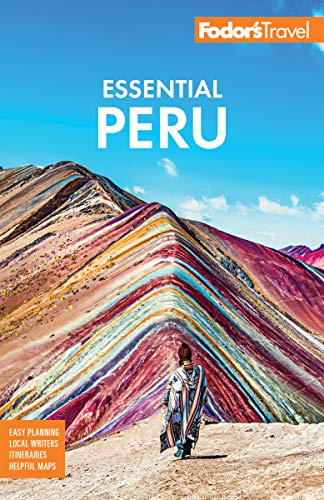Pisco Country
¡El pisco es peruano! And don't try to tell the locals any different. This clear brandy that takes its name from the Pisco region is Peru's national drink and a source of unrelenting patriotic pride. It would take a very brave, very foolish person to suggest that pisco was invented in Spain, or worse still, in neighboring Chile. Yes, when in Peru, the only thing you need to know is that el pisco es 100% peruano.
Fiery and potent, pisco is hands-down the most popular liquor in Peru and is drunk on just about every social occasion. Invited to someone's house for dinner? Chances are you'll be welcomed with a pisco sour, a tart cocktail made from pisco, lime juice, egg white, sugar, and bitters. Heading to a party? You're sure to see at least a couple of people drinking Peru libres—a Peruvian take on the classic Cuba libre, using pisco instead of rum and mixing it with Coca-Cola. Of course, the real way to drink pisco is a lo macho—strong and straight up. It will certainly put hair on your chest.
Pisco is derived from grapes, like wine, but is technically an aguardiente, or brandy. Through a special distillation process involving a serpentine copper pipe, the fermented grapes are vaporized and then chilled to produce a clear liquor. In Peru, there are multiple variations of pisco: the single-grape pisco puro; a blend of grapes, such as Quebranta mixed with Torontel and Muscatel, called pisco acholado; pisco aromatico, made from straight aromatic grapes; and pisco mosto verde, in which the green musts are distilled during the fermentation process.
Legend has it that pisco got its name from sailors who tired of asking for "aguardiente de Pisco" and shortened the term to "pisco." (The name meant "little bird" in the language of the indigenous people, and it still refers to the port city as well as a nearby river.)
Today, Peru produces more than 7.5 million liters annually, 40% of which is exported to the United States. In 1988, the liquor was designated part of the country's national patrimony, and, each year, Peruvians celebrate the Pisco Festival in March as well as the National Day of the Pisco Sour on the first Saturday of every February.




